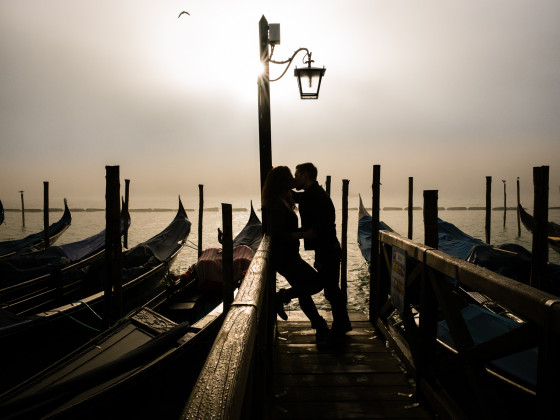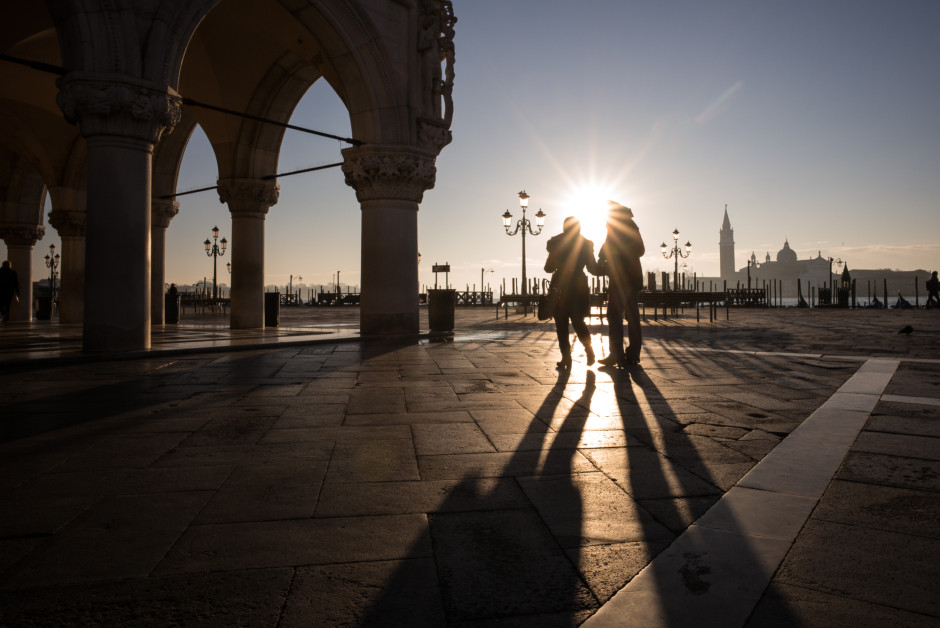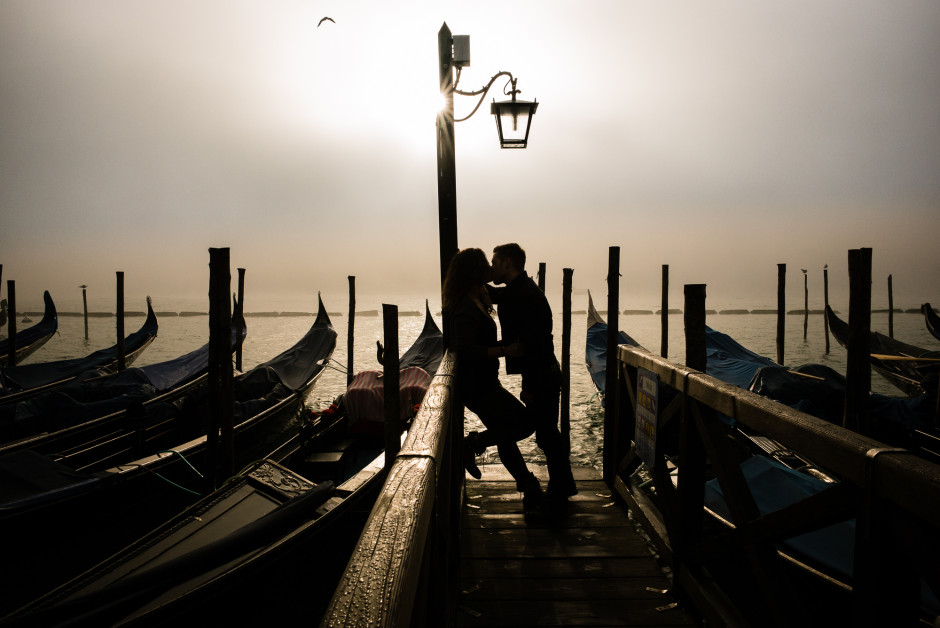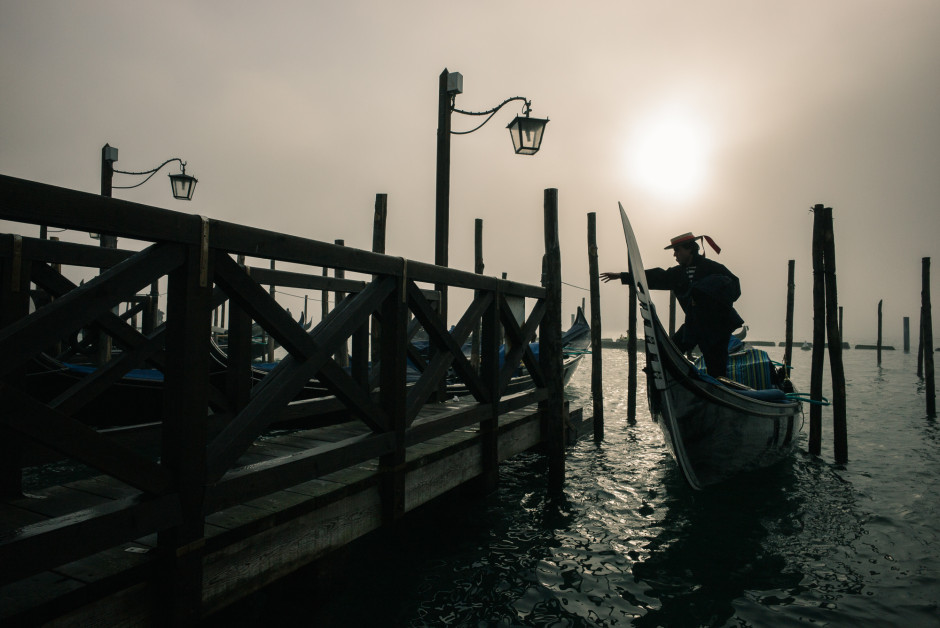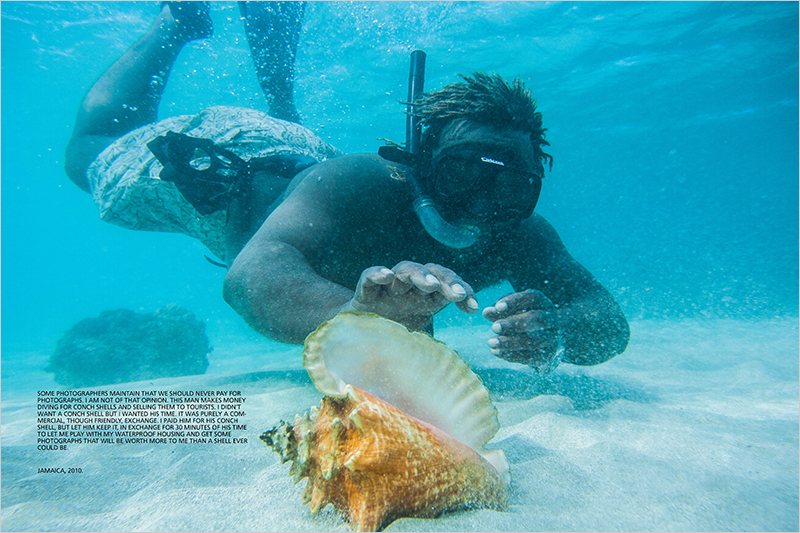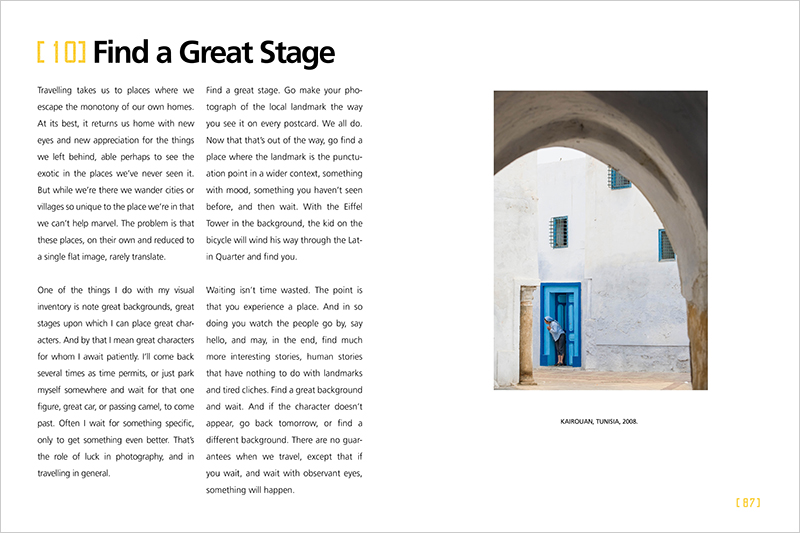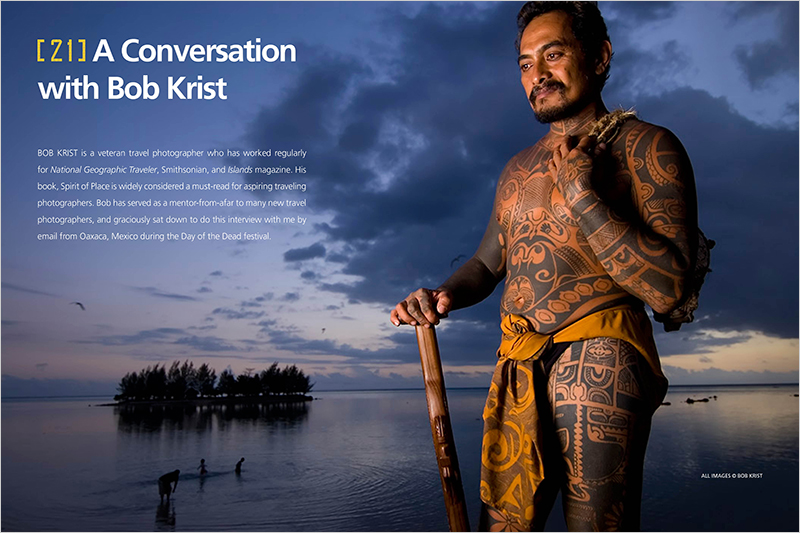Editor’s Note: David DuChemin is a world and humanitarian photographer whose works and books have empowered, motivated, and inspired countless photographers to pursue great art — and, more importantly, a great life.
This Christmas, I had the honour of meeting up with the legendary DuChemin to share some drinks and talk about the past year, the new year, and how to make 2015 count — and I got to do it in Venice, Italy.
